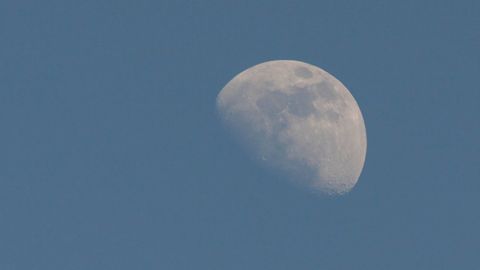
Subtitles & vocabulary
ScienceCasts: Summer Blue Moon
00
Jeng-Lan Lee posted on 2015/07/30Save
Video vocabulary
reason
US /ˈrizən/
・
UK /'ri:zn/
- Intransitive Verb
- To think and make conclusions in a logical manner
- Noun (Countable/Uncountable)
- Ability to think about facts and form a judgment
- Explanation for why something occurred or was done
A1TOEIC
More definition
US /ˌdɛfəˈnɪʃən/
・
UK /ˌdefɪˈnɪʃn/
- Noun (Countable/Uncountable)
- Explanation of word's meaning, as in dictionaries
- The sharpness of an image on a screen
A2TOEIC
More light
US /laɪt/
・
UK /laɪt/
- Transitive Verb
- To cause something to burn; put a burning match to
- To provide a way to see ahead
- Adjective
- Being bright making it easy to see; not dark
- Being pale and lacking darkness of color
A1
More atmosphere
US /ˈætməˌsfɪr/
・
UK /'ætməsfɪə(r)/
- Noun (Countable/Uncountable)
- Air around us
- Feeling or mood of a place
A2
More Use Energy
Unlock All Vocabulary
Unlock pronunciation, explanations, and filters
